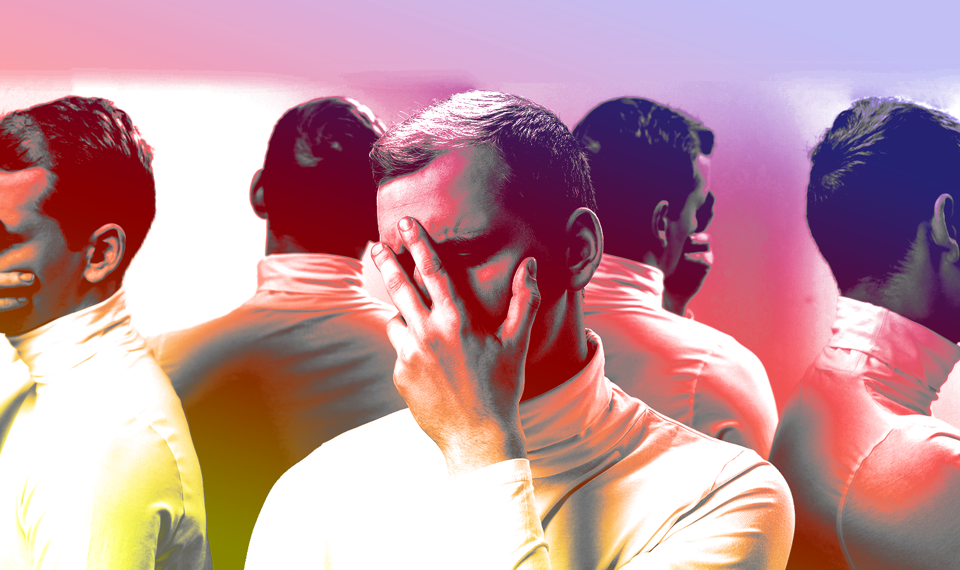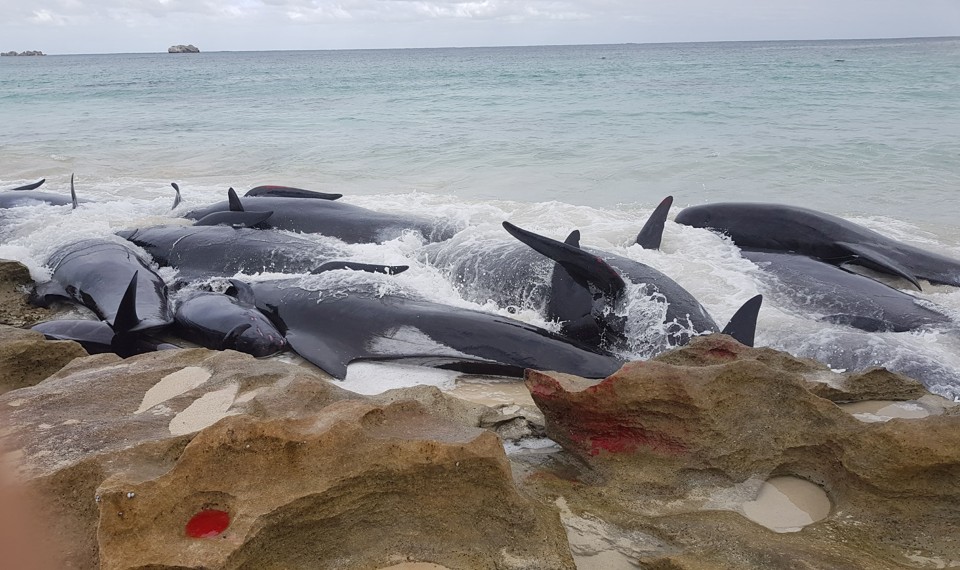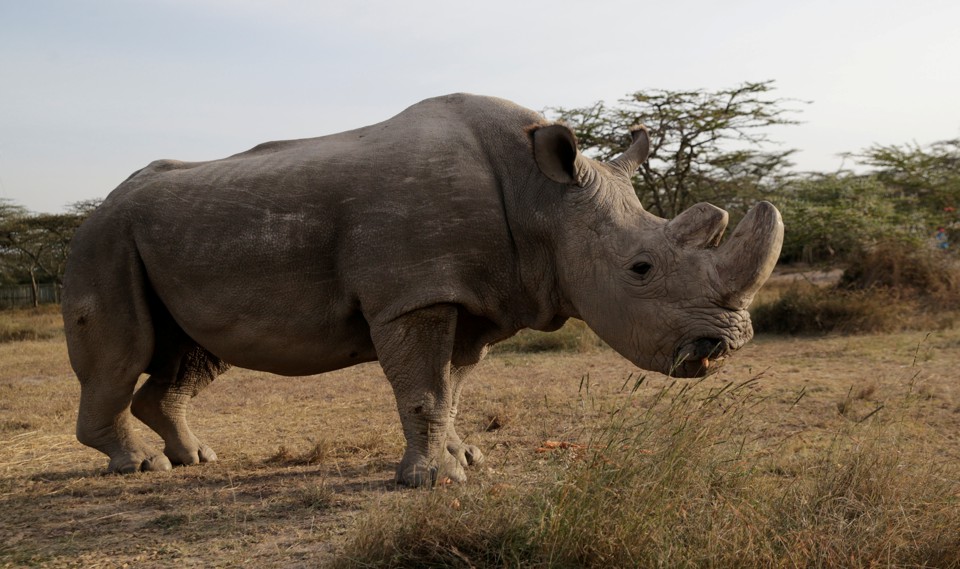The Ed's Up #217

How Psychopaths See the World
"Most of us mentalize automatically. From infancy, other minds involuntarily seep into our own. The same thing, apparently, happens less strongly in psychopaths. By studying the Connecticut inmates, Baskin-Sommers and her colleagues, Lindsey Drayton and Laurie Santos, showed that these people can deliberatelytake another person’s perspective, but on average, they don’t automatically do so to the extent that most other people do. “This is the first time we’re seeing evidence that psychopaths don’t have this automatic ability that most of us have,” Baskin-Sommers says." (Image: Photographee.eu / Shutterstock / The Atlantic)

A Twist in Our Sexual Encounters With Other Ancient Humans
"To this date, we have no idea what a Denisovan looked like. You can still hold every known Denisovan fossil—that pinky, a toe, and two teeth—in your hand. But we know so much else about them. We know almost every letter of their genome. We know that they diverged from their close relatives, the Neanderthals, around 400,000 years ago, and that both groups diverged fromHomo sapiens around 600,000 years ago. We know that when our ancestors left Africa and spread into Asia, they encountered the Denisovans and had sex with them. We know that, as a result, Denisovan DNA lives on in people from Asia and Melanesia. One of these Denisovan genes provides modern Tibetans with a crucial adaptation that allows them to survive at high altitudes. And now, thanks to work from Sharon Browning at the University of Washington, we know that Denisovan DNA entered the human gene pool on two occasions. Two separate groups of our horny, globe-trotting ancestors met with these mysterious hominins, and mated with them."
Once Again, a Massive Group of Whales Strands Itself
"Still, there is something deeply unsettling about mass strandings. Cetaceans—the group that includes whales and dolphins—are highly intelligent and beautifully adapted to life in the water. Why would they leave the aquatic world to risk death? And why do so many of them do so at the same time? No one really knows. There’s a multitude of hypotheses and few firm answers." (Image: 2018Leearne Hollowood / Reuters)

A Cultural Leap at the Dawn of Humanity
"When Rick Potts started digging at Olorgesailie, the now-dry basin of an ancient Kenyan lake, he figured that it would take three years to find everything there was to find. That was in 1985, and Potts is now leading his fourth decade of excavation. It’s a good thing he stayed. In recent years, his team has uncovered a series of unexpected finds, which suggest that human behavior and culture became incredibly sophisticated well before anyone suspected—almost at the very dawn of our species, Homo sapiens. The team found obsidian tools that came from sources dozens of miles away—a sign of long-distance trade networks. They found lumps of black and red rock that had been processed to create pigments—a sign of symbolic thought and representation. They found carefully crafted stone tools that are indicative of the period known as the Middle Stone Age; that period was thought to have started around 280,000 years ago, but the Olorgesailie tools are between 305,000 and 320,000 years old." (Image: Human Origins Program)

Supervolcano Goes Boom. Humans Go Meh?
"Around 74,000 years ago, the Toba supervolcano erupted on the Indonesian island of Sumatra. It was the biggest volcanic eruption of the last 2 million years, unleashing 2,800 cubic kilometers of magma. That’s enough to bury the entire United States in a foot-thick layer of ash and rock. In the 1990s, several scientists argued that Toba’s unprecedented outburst created a "volcanic winter" that almost drove humans to extinction. But a new study finds that humans who once lived in South Africa weren’t affected by Toba’s wrath as one might expect if the supervolcano had truly brought on a global decades-long winter. If anything, they thrived." (Image: Antonio Parrinello / Reuters)

Trump’s Pick for CDC Director Is Experienced But Controversial
"The CDC is a public-health agency, and improving the health of entire populations requires different skills and knowledge than caring for individual patients. CDC directors must be more than experienced physicians or scientists; they must run an agency of 15,000 employees with a budget of over 7 billion dollars, and ideally, they’d jump into the post already having strong relationships with public-health officials at the state and local level.No director in the CDC’s history has come in with so little public-health experience as Redfield." (Image: Craig Barritt / Getty / The Atlantic)

What a Giant Soda Stream Reveals About the Fate of Corals
"Sixty miles away from the Australian mainland, a small part of the immense Great Barrier Reef pokes out of the ocean and is known as One Tree Island. It’s a tiny, secluded paradise. Its waters teem with sharks. Its skies and shores swell with seabirds. Occasionally, sea eagles dive into the water to pluck out sea snakes. At low tide, you could walk around the island in half an hour—provided you could even get there. The waters around the island are heavily protected, and people can’t even sail there unless they have a scientific permit. “It is one of my favorite places on earth,” says Rebecca Albright from the California Academy of Sciences. It’s also where she built what she describes as the world’s biggest soda stream." (Image: Aaron Takeo Ninokawa)

The Last Male Northern White Rhino Is Dead
"Sudan’s death is certainly a tragedy—the heartbreaking end of a momentous individual life, and a moment of symbolic import for the world. But it doesn’t really change the fate of the northern white rhino, which was already functionally extinct long before Sudan died. After all, both Najin and Fatu are highly inbred, and neither of them are capable of reproducing naturally. The only way to save the northern white is to now artificially inseminate their eggs with stored sperm from Sudan and other males, and implant the resulting eggs into females of the closely related southern white rhino." (Image: Thomas Mukoya / Reuters)
What We Learn From 50 Years of Kids Drawing Scientists
"The Draw-a-Scientist Test has become a classic piece of social science, and has been repeated many times over the intervening decades to understand how children perceive scientists. But when David Miller, from Northwestern University, looked at Chambers’s original data, published in 1983, one trend leaped out. Of the almost 5,000 drawings produced within the study, just 28 depicted a female scientist, and all of those were drawn by girls. Not a single boy drew a woman." (Image: Vasilia Christidou)
The Blind Fish That Should Have Diabetes, But Somehow Doesn't
"Millions of years ago, a small, unremarkable fish called the Mexican tetra started swimming into the caves of eastern Mexico. In the all-encompassing darkness of these limestone caverns, the tetras’ eyes, which take a lot of energy to build and maintain, were useless luxuries. Over several generations, the cave fish lost them entirely. Today, they are born with small eyes that gradually waste away as they get older. The tetras’ eye sockets, however, don’t go to waste; they can use them to store fat." (Image: Zachary Zakibe)
I'm about to do on a reporting trip so apologies for the absence of the Friends of the Ed's Up and the More Good Reads section. They'll be back in future editions.
You can also follow me on Twitter or find my writing at The Atlantic. My New York Times-bestselling book, I Contain Multitudes, is out now. If someone has forwarded this email to you, you can sign up yourself.
And that's it. Thanks for reading.
- Ed